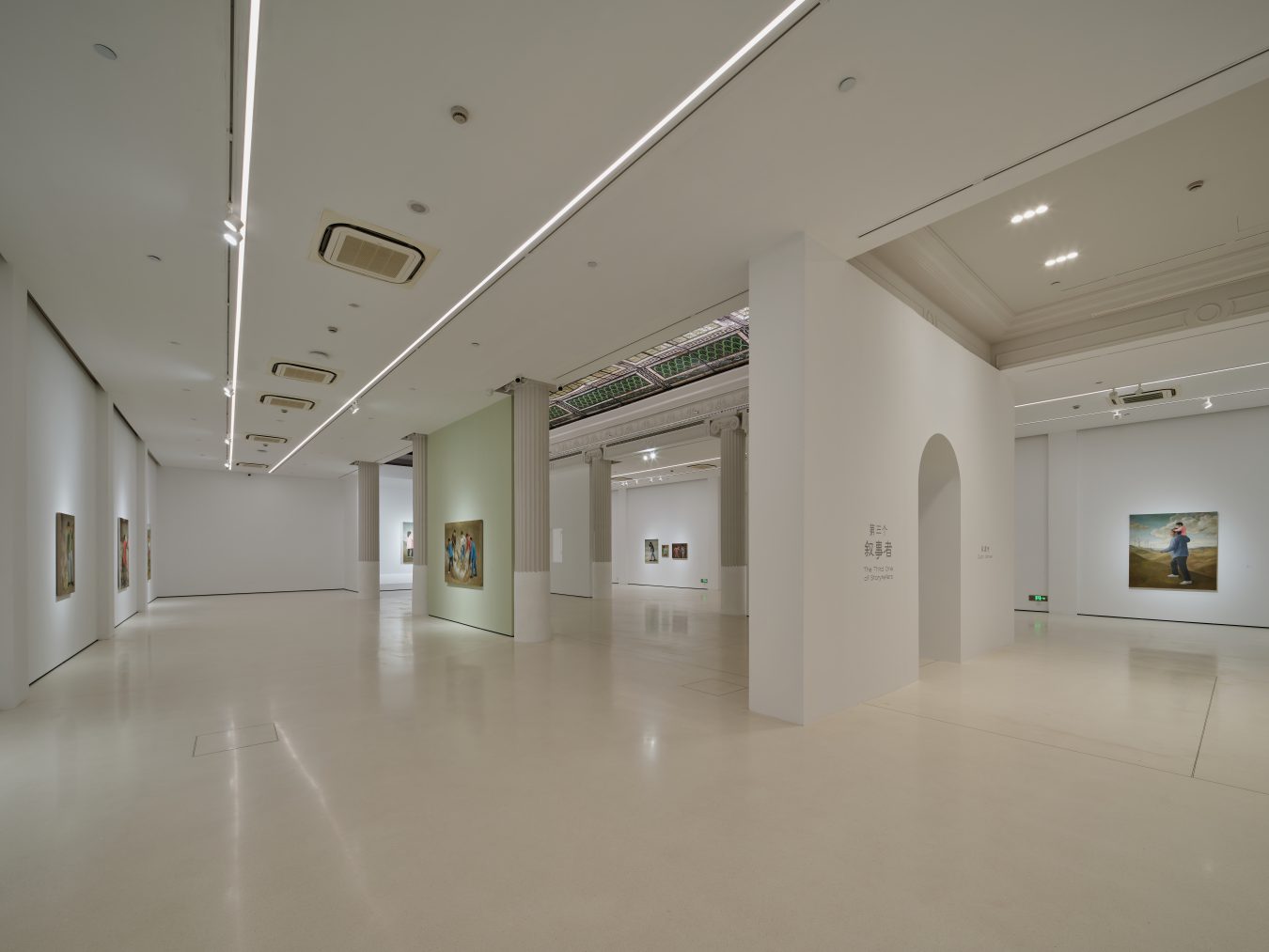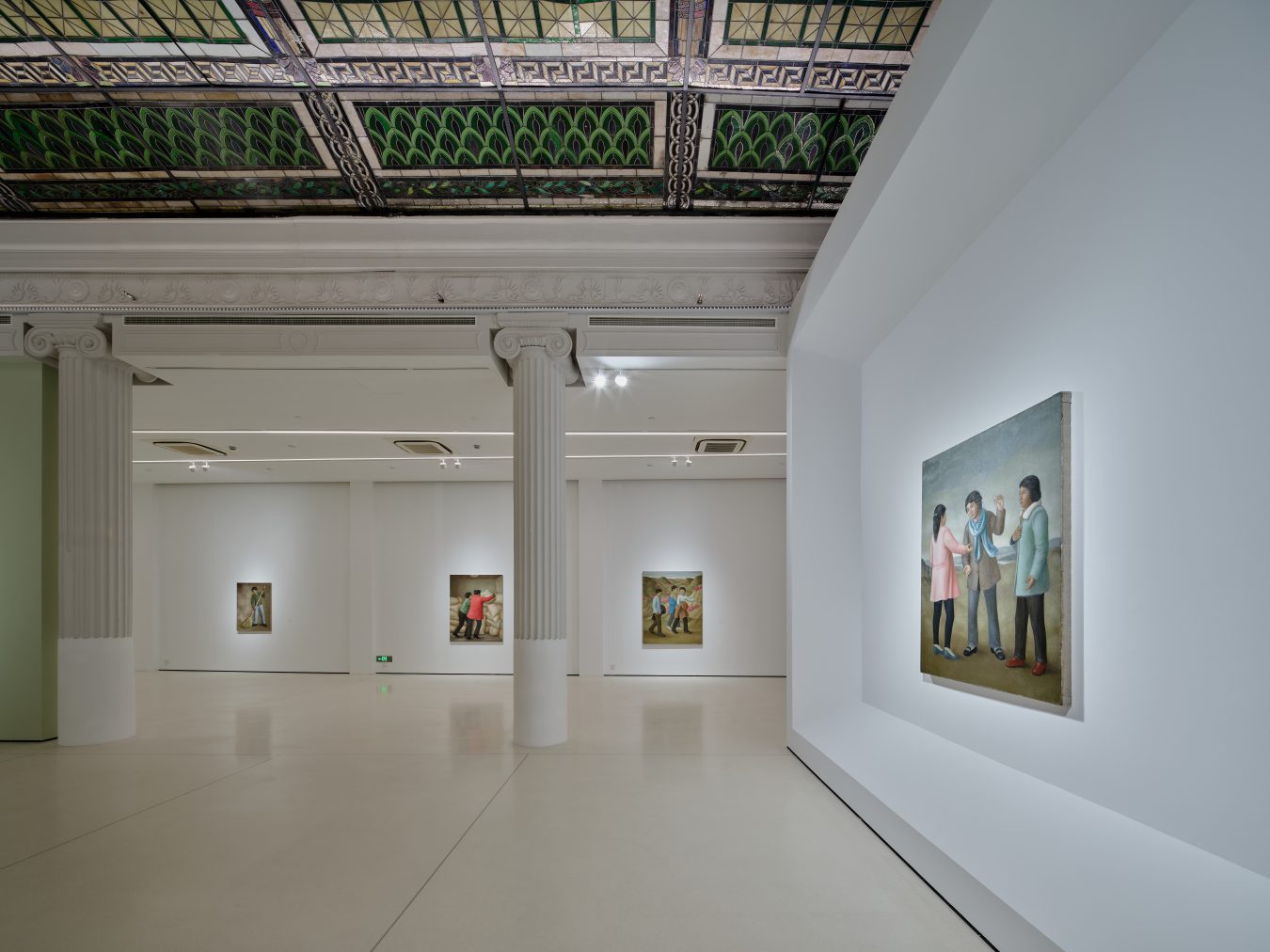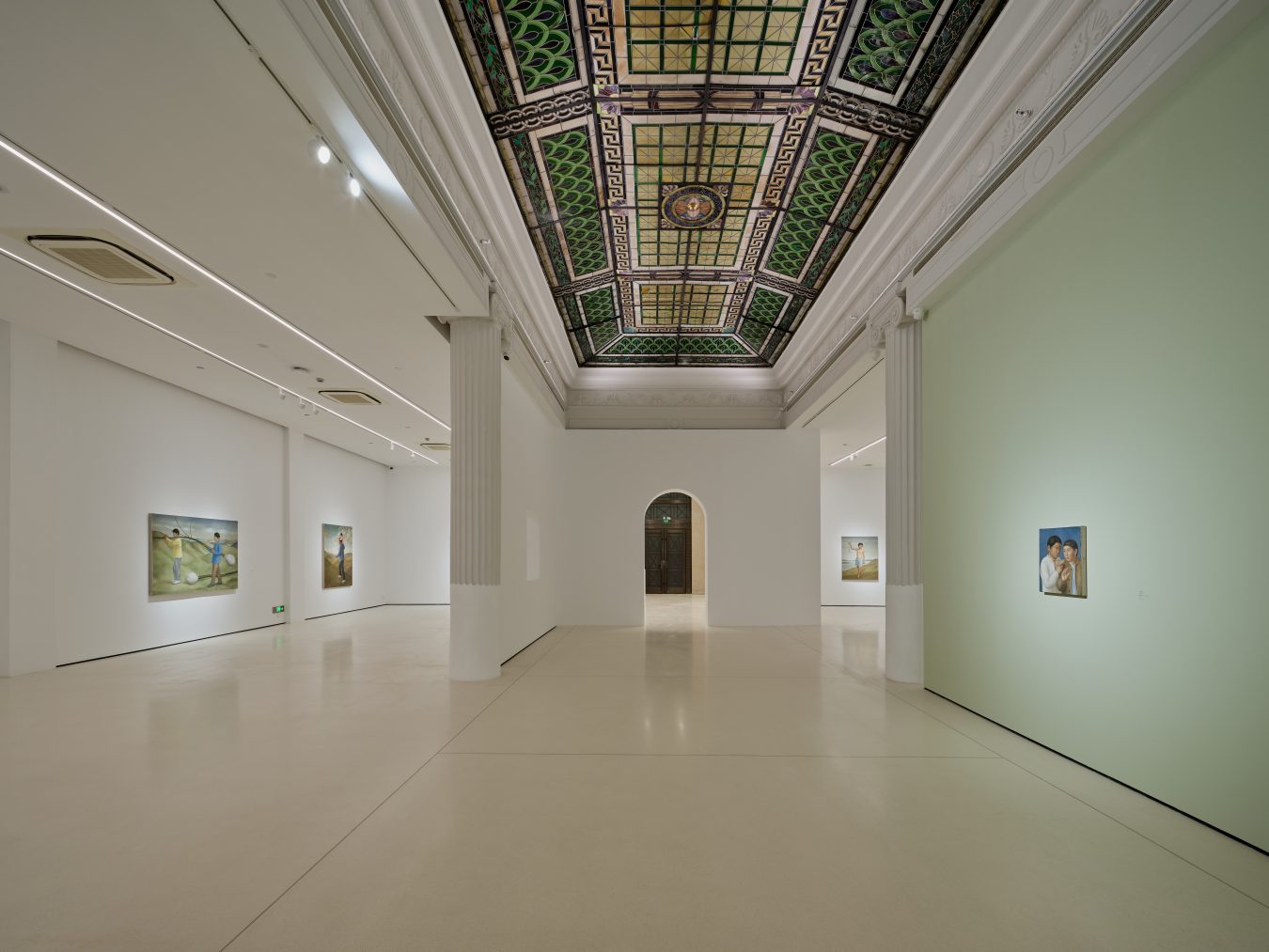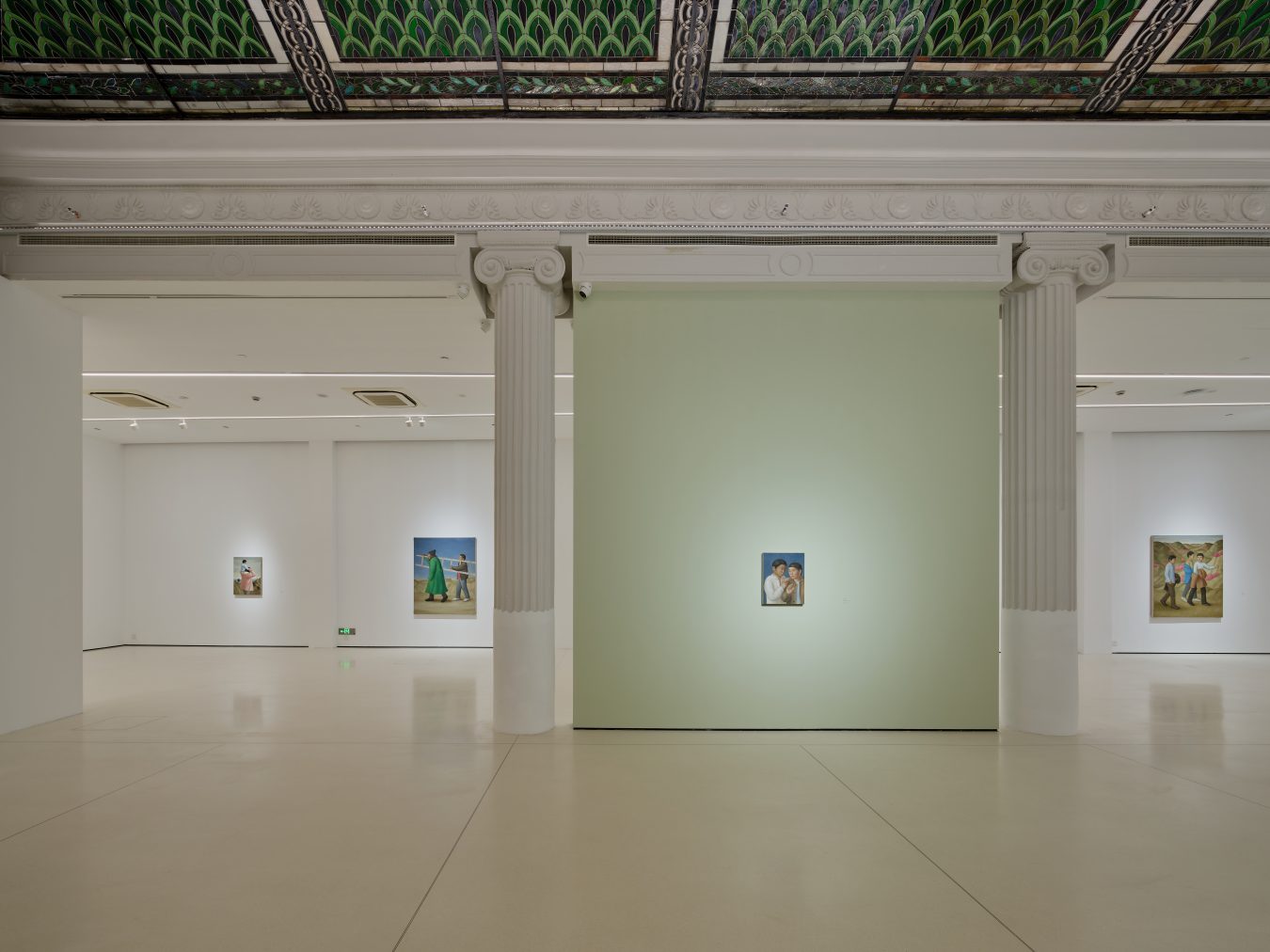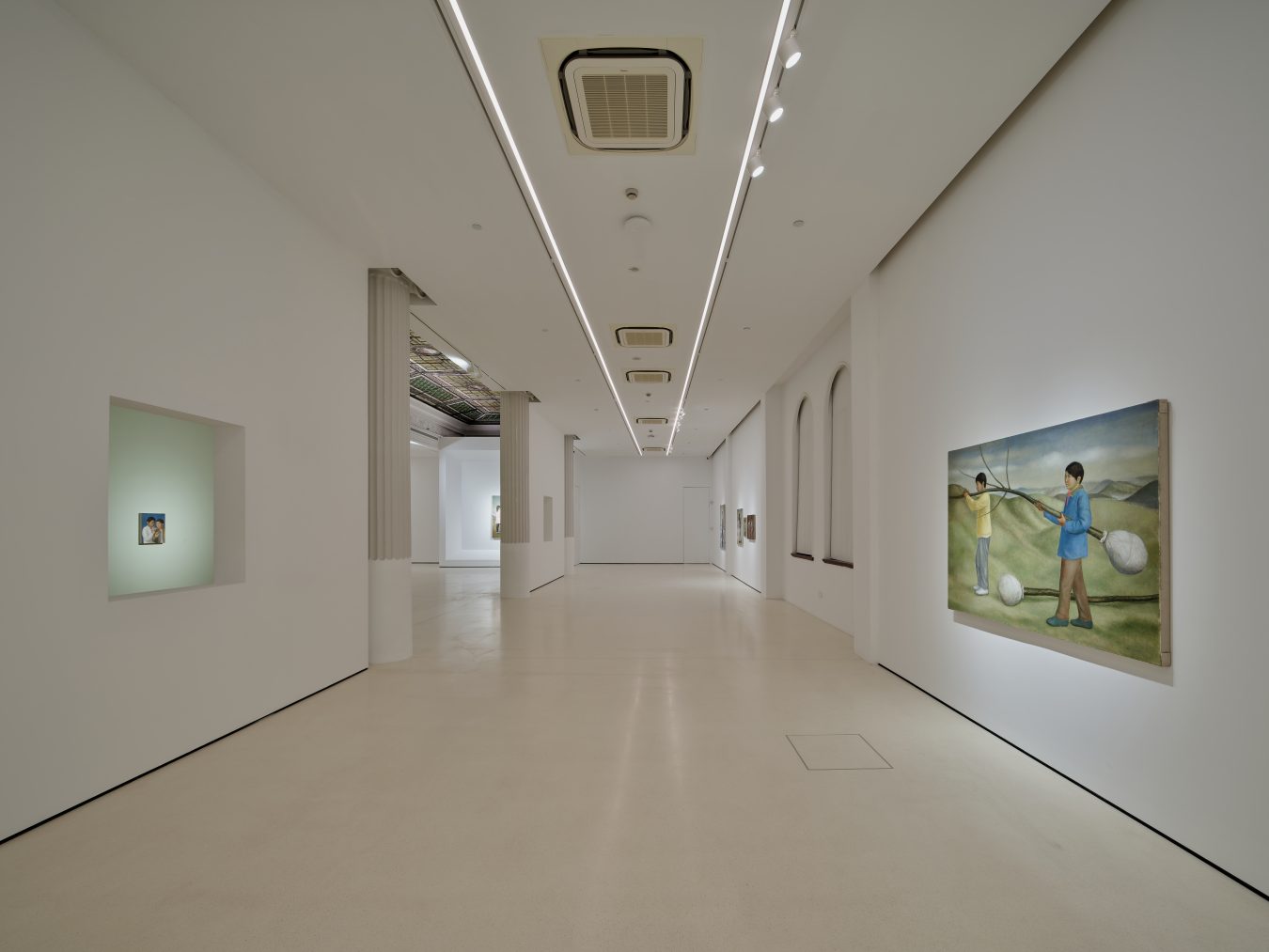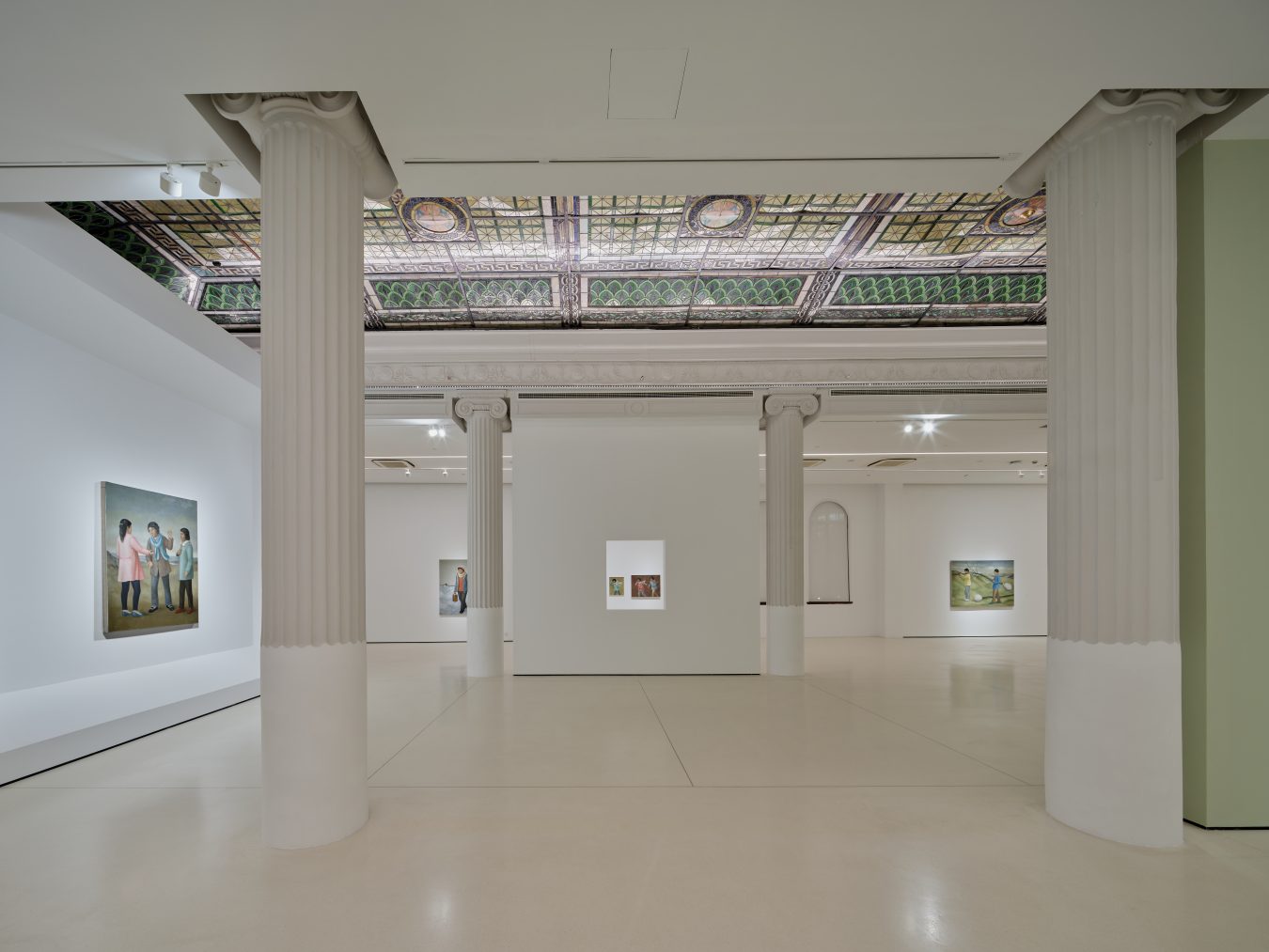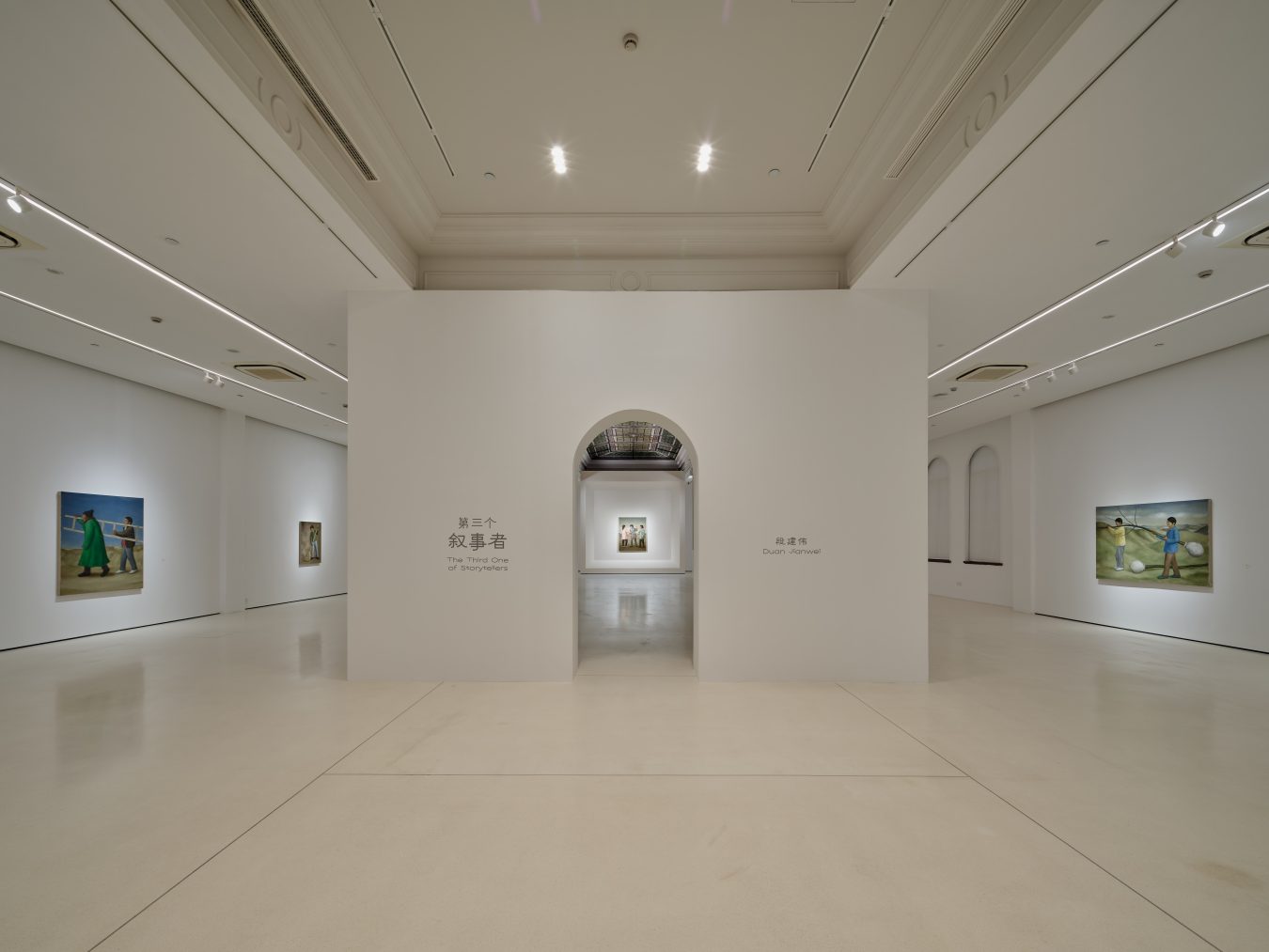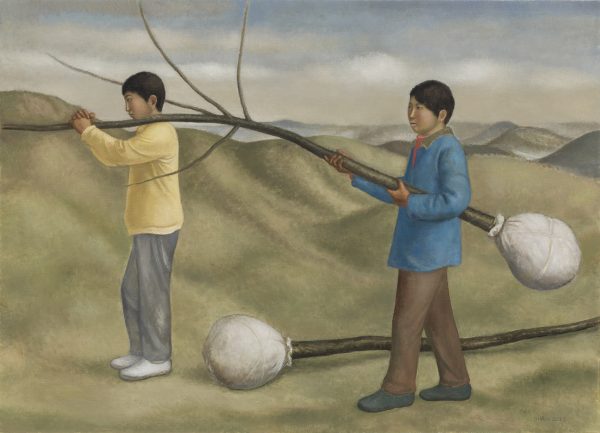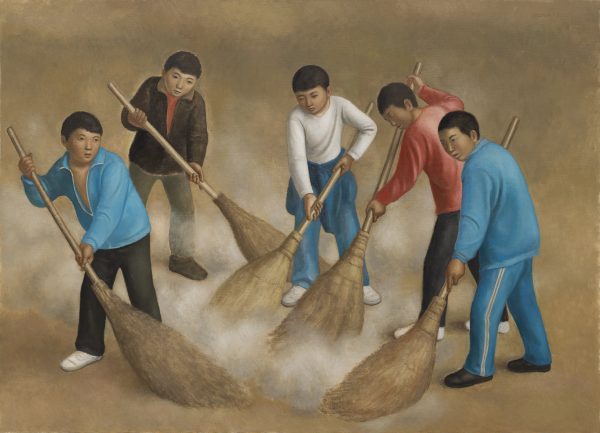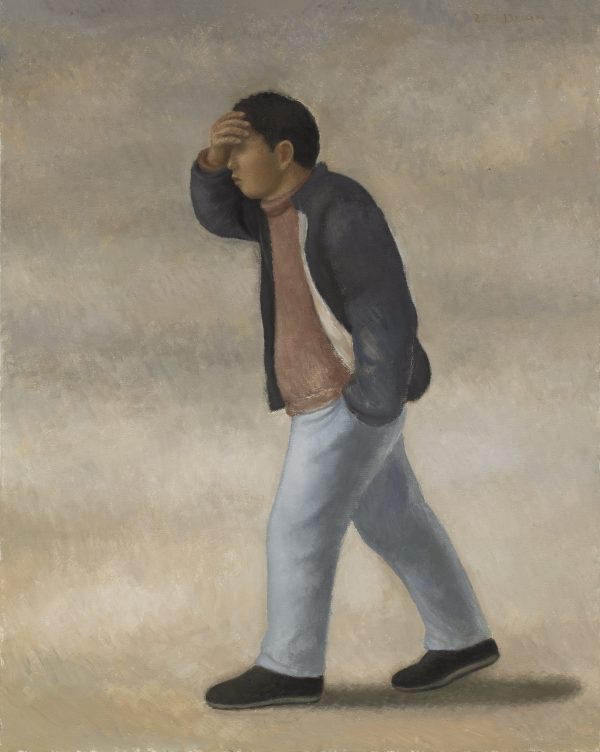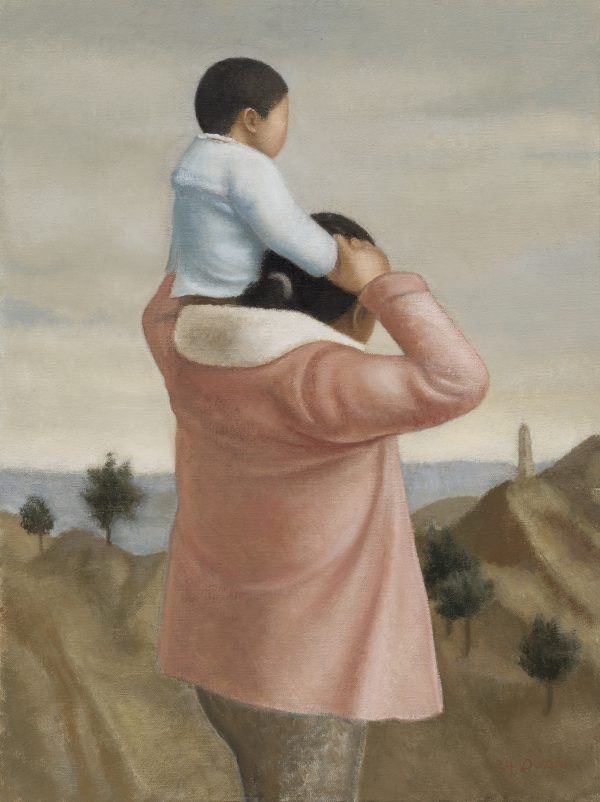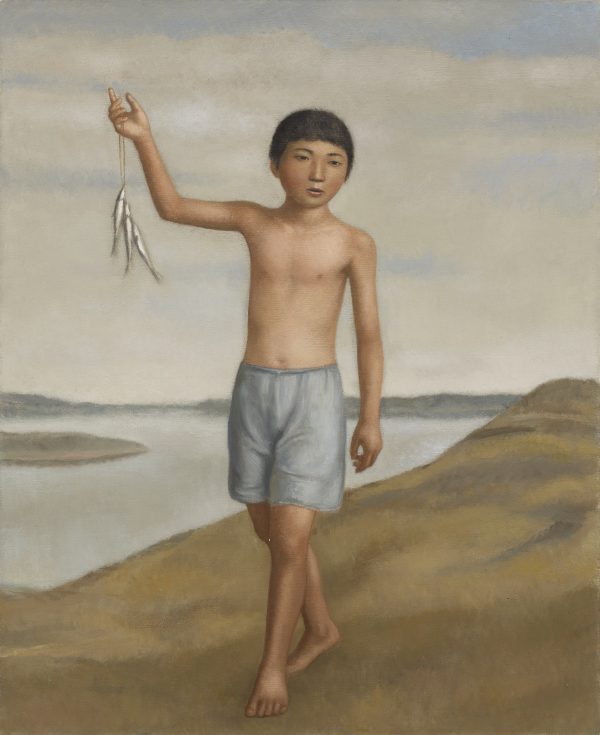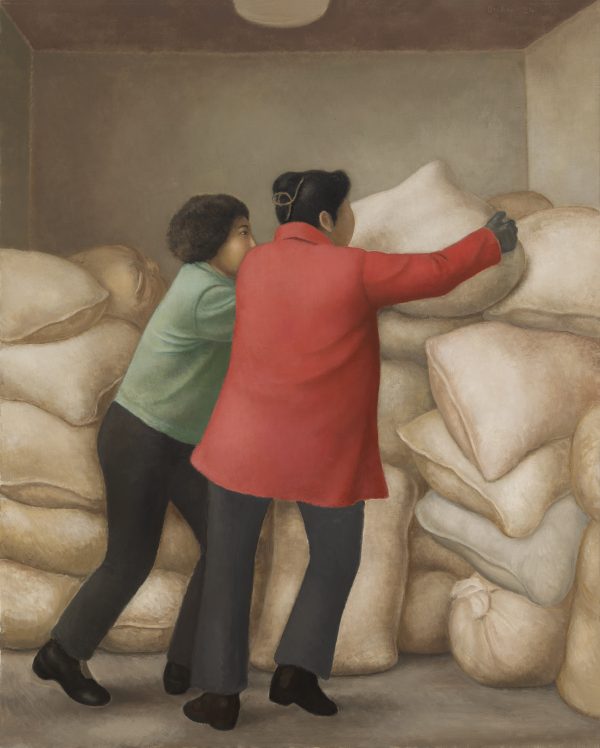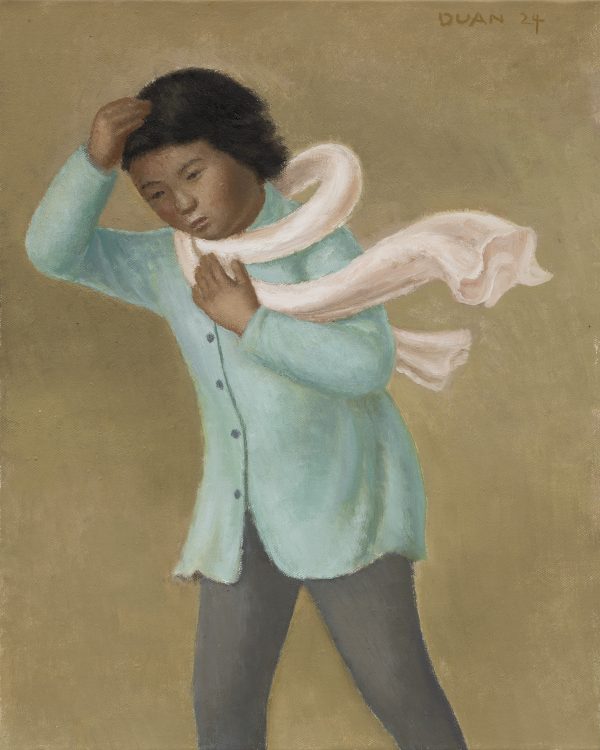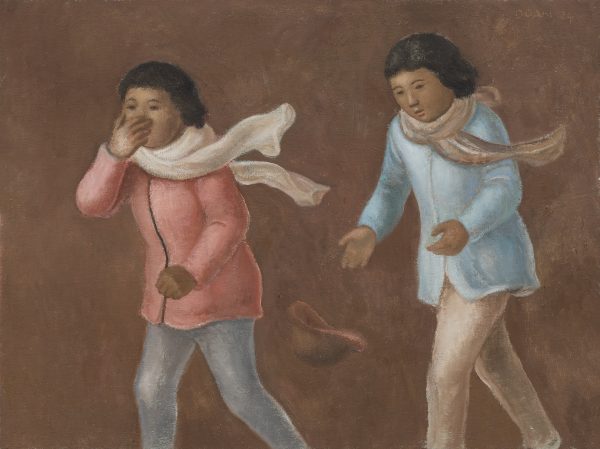Duan Jianwei:The Third One of Storytellers
Curator: Shu Kewen
Hive Center for Contemporary Art is honored to announce the solo exhibition of artist Duan Jianwei, The Third One of Storytellers, opening on November 12, 2025, at Hive Shanghai.Curated by art critic Shu Kewen, the exhibition takes “narrativity” as its curatorial thread, bringing together and tracing more than ten of Duan’s latest oil paintings created over the past two years.
The paintings you will encounter here are characterized by their narrative quality, much like Duan Jianwei’s previous works. Narration is a way of storytelling—an ancient human tradition.
Ancient narratives deal with the mundane, experiences accessible to all. They do not seek to reveal but to manifest, making them shareable. As John Berger noted, it is only when unadorned experience occasionally glimpses it that its value emerges, capable of transforming into an experience of the eternal. To have such an experience is a blessing; to lack it is simply to lack it—it depends on the perspectives of both the sharer and the receiver.
In modern society, painting, much like the novel, no longer places as much emphasis on narrative. What art offers us are specific events and unique discoveries. Through compositional structures, continuity in time is compressed into a single space, revealing the depth of human psychology, the complexity of the world, and the uniqueness of experience. This aids our exploration and understanding, serving as a form of social entitlement in modern life. Yet, in an era of exponentially exploding information dissemination, any form of exploration and cognition risks being fragmented and dissected. How can our experiences avoid being reduced to mere information? How can we prevent ourselves from becoming mere receptors of information?
Duan Jianwei’s works respond with a narrative tone that is calm and measured. In his formal painterly language, he employs various techniques—such as de-portraiture, de-individualization, and the symbolic use of religious color palettes—to return to the essence of ancient storytelling. His narratives once again carry the ordinary and the straightforward, told in an unembellished manner. Though his subjects are the people and scenes of his “hometown,” what is activated is not nostalgia for a specific place—a sentiment nearly impossible to sustain today—but rather a mode of viewing. It is a reconstruction of a value structure around stories. Every participant in the shared narrative can join in, reordering their own experiences and understandings within it; they can add their own narratives and structure the chain of their own lives.

